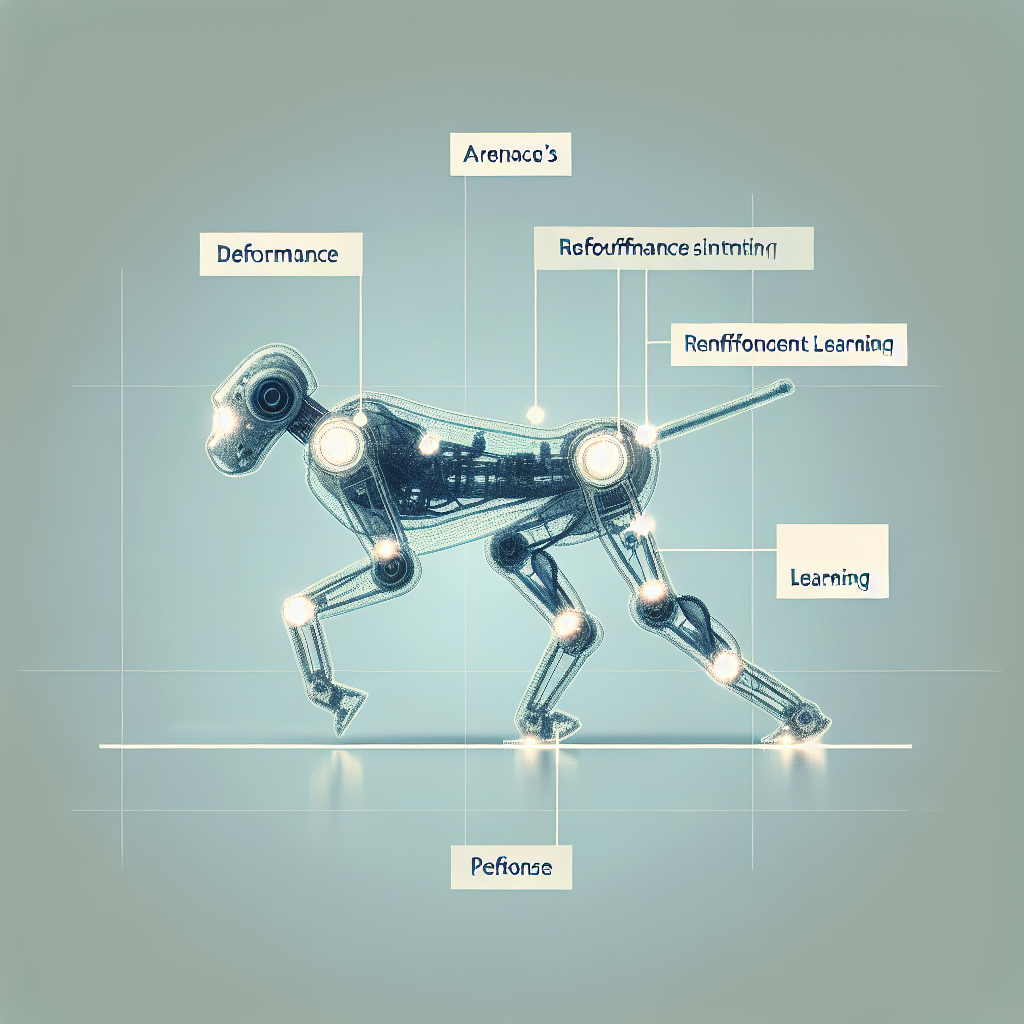South Korean Robot Completes First Marathon: Reinforcement Learning Drives Robotics Forward

Robotics Achievements in Marathon Running
In a world-first accomplishment, a quadrupedal robot named Raibo2, developed by the South Korean Advanced Institute of Science and Technology (KAIST), completed a marathon in 4 hours, 19 minutes, and 52 seconds. The race, which took place during the 22nd Sangju Dried-Persimmon Marathon, marks the first time a robot of its kind has officially finished a full marathon course — a significant step forward for robotics and reinforcement learning technologies in the field of artificial intelligence (AI).
Raibo2 demonstrated robust performance as it tackled a 26.2-mile (42.195 km) course, overcoming challenges like a 50-meter hill using a single battery charge. The marathon, known for its difficult terrain and elevation changes, required Raibo2 to dynamically adjust its movements and optimize power usage, proving its endurance and stability in physically demanding scenarios. This achievement shows tangible progress in robot development intended for real-world applications such as urban deliveries, patrol operations, and even search and rescue missions.
Reinforcement Learning Simulation in Robotics
A key component of Raibo2’s success in the marathon was its training in reinforcement learning within a custom-built simulation environment known as RaiSim. This environment allowed the robot to master walking on various terrains, such as slopes, icy roads, and even sand. Raibo2 was specifically designed to cope with difficult environments, making it a versatile machine capable of navigating complex real-world scenarios.
Its ability to run down hills while storing energy for upcoming uphill climbs was thanks to a high-torque transparency joint mechanism. The innovative design allowed Raibo2 to better manage energy usage and adapt to changes in terrain, making it more efficient and increasing its longevity on a single charge. This highlights ongoing research within robotics where the integration of AI and mechanical engineering creates solutions previously unseen in the realm of autonomous robotics.
Mechanics and Collaboration in Robot Development
The collaborative efforts between KAIST and Raion Robotics allowed university researchers to refine Raibo2's mechanical and electrical systems with the help of experienced industry professionals. A key focus of this collaboration was on minimizing actuator losses, maximizing control bandwidth, and optimizing the robot's ability to deal with physical impacts and vibrations, which are common in high-intensity scenarios like marathons.
The result was a robust robot capable of completing the difficult course without mechanical failure. Achievements in custom hardware design, high-precision electrical components, and efficient processing algorithms were all critical factors in Raibo2’s ability to perform this challenging feat. All these components were designed in-house, showcasing the remarkable ingenuity and technical prowess behind the project.
Future Potential and Real-World Applications
While having a robot complete a marathon might seem like a novelty, the implications for real-world use cases are significant. Robotics, particularly in fields such as urban logistics, patrolling, and disaster response, could greatly benefit from the advanced terrain and stability management Raibo2 demonstrated. Beyond just endurance, Raibo2's development showcases the potential for autonomous, intelligent, and adaptable machines in industries that require both precision and resilience.
The development team from KAIST, with support from Samsung Electronics, is already working on the next evolution of robotic dogs, with a focus on further improving its walking performance in more challenging environments like mountainous and disaster-stricken regions. This breakthrough in robotics opens the door to addressing tomorrow's problems with advanced solutions using reinforcement learning and robotic innovation.




